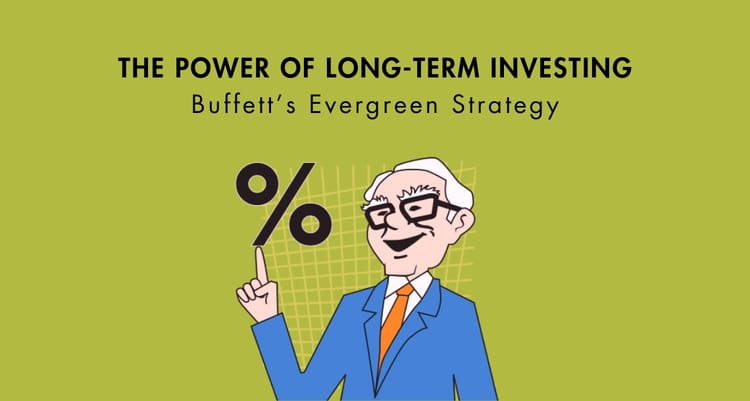Stop-Loss vs. Mental Stop: Which One Works Better?

Because sometimes, it's not the market — it's your discipline.
In the fast-moving world of stock markets, the difference between gains and regret often boils down to timing — and more importantly, exits.
We all love buying the right stock. But knowing when to exit is what separates seasoned investors from impulsive ones. That’s where the debate begins: Should you set a stop-loss, or rely on a mental stop?
🔴 What is a Stop-Loss?
A stop-loss is a pre-defined price point where your stock automatically gets sold to limit your losses.
Example:
You buy a stock at ₹100 and set a stop-loss at ₹90. If the stock drops to ₹90, it sells automatically — protecting you from deeper losses.
Pros:
- Emotion-proof.
- Automated.
- Great during market volatility.
Cons:
- Can trigger due to short-term market noise.
- You may exit too early, even if the stock rebounds later.
What is a Mental Stop?
A mental stop is not placed on your trading system. Instead, it's a price level you monitor manually — and exit only if you feel it’s the right time.
Example:
You tell yourself you’ll sell if it goes below ₹90 — but you stay flexible.
Pros:
- Gives more breathing room.
- Helps avoid premature exits in strong businesses.
Cons:
- Relies on self-discipline.
- Can lead to hesitation, denial, and deeper losses.
Stop-Loss vs. Mental Stop: Which One Wins?
It depends on your temperament and strategy.
| Criteria | Stop-Loss ✅ | Mental Stop ✅ |
|---|---|---|
| Emotional discipline | ✅ Strong | ❌ Risky |
| Flexibility | ❌ Less | ✅ More |
| Suitable for traders | ✅ Yes | ❌ Rarely |
| Suitable for investors | ⚠️ Only selectively | ✅ Yes |
| Needs strict monitoring | ❌ No | ✅ Yes |
At Fynocrat, we’ve seen portfolios crumble not due to bad stocks — but bad exits.
Best of Both Worlds
Use stop-losses when:
- You’re trading short-term.
- You’re dealing with volatile stocks.
- You want automated risk control.
Use mental stops when:
- You're investing mid- to long-term.
- You’re confident in the business but want to limit risk if fundamentals change.
- You have the discipline to act without panic or ego.
Even in long-term investing, set clear downside triggers — whether technical, price-based, or fundamental. Don’t let “hope” manage your portfolio.
Your exit strategy is your safety net.
Don’t leave it to emotion.
Whether it’s a fixed stop-loss or a well-planned mental one — what matters most is that you respect it.
FAQs – Stop-Loss vs. Mental Stop
Q1. Is using a stop-loss always a good idea?
Not always. While it's essential for traders, long-term investors may get forced out of good stocks due to short-term volatility. That’s why context matters.
Q2. Are mental stops reliable?
Only if you’re disciplined. Most investors struggle to act when emotions take over. A mental stop without commitment is just a wish.
Q3. Can I use both stop-loss and mental stop together?
Yes. Many smart investors place a wide stop-loss for capital protection and monitor other mental signals like results, news, or trend breakdowns to decide.
Q4. What’s a good rule of thumb for placing a stop-loss?
Ensure your stop-loss level is logical — based on support zones, risk appetite, or % loss you’re willing to tolerate. Don’t place it too close to your buy price.
Need help defining your exit strategy?
📩 Reach out to Team Fynocrat — we’re here to help you grow, protect, and compound your wealth, wisely.






Member discussion